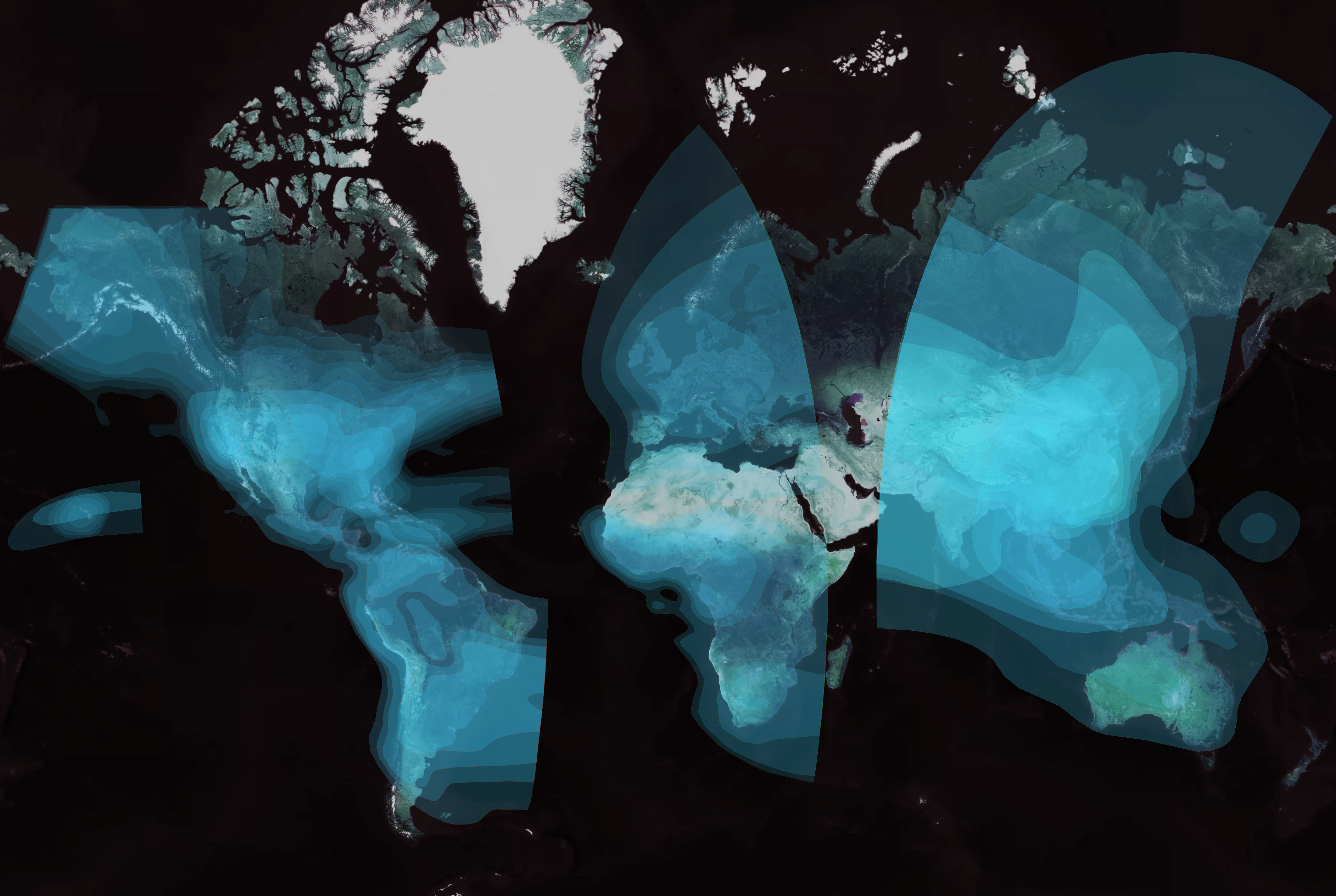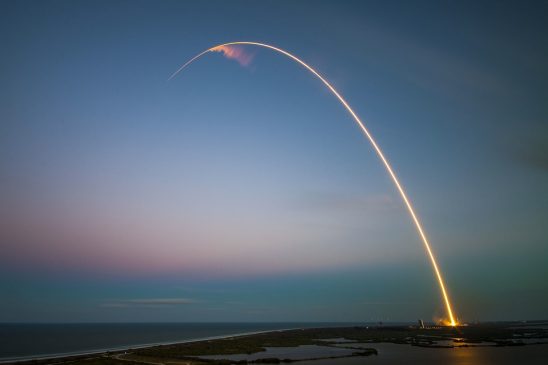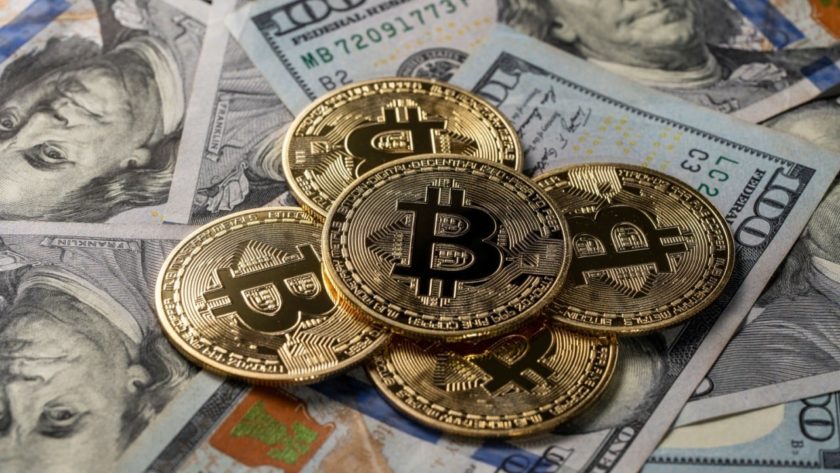As Asia Gets Blockstream Satellite Support, Bitcoin Bides Its Strength
December 18, 2018 by William Peaster
Bitcoin innovation company Blockstream started the week off with a bang in announcing the second-phase launch of its Blockstream Satellite campaign. The move expanded Bitcoin network coverage via satellite to Asia and the wider Pacific region. In the process, the genesis cryptocurrency has taken another step toward sovereignty.
Also see: IOHK May Pivot Mantis Ethereum Classic Team in 2019
Subscribe to the Bitsonline YouTube channel for great videos featuring industry insiders & experts
As Blockstream Satellite Expands Bitcoin’s Reach in Space, the Network Matures
On December 17th, Blockstream announced that Asia and the Pacific regions were now covered under the Blockstream Satellite campaign’s second-phase launch.
Per the expansion, Blockstream’s five satellites and ground stations now beam internet-independent Bitcoin network coverage to the Earth’s five largest continents by population. Collectively, the Americas, Africa, Asia, and Europe are home to more than seven billion of the world’s citizens.
We’re excited to announce Phase 2 of #BlockstreamSatellite coverage is live! Asia-Pacific users can now receive #Bitcoin data at no cost. We’re also revealing the #SatelliteAPI which enables users to pay via ⚡️ to broadcast data worldwide from the ?️’s. https://t.co/wBqXSsdodE pic.twitter.com/3khTsQzXsW
— Blockstream (@Blockstream) December 17, 2018
As such, the bar to interacting with bitcoin payments is theoretically lower than ever for more people than ever, as nearly the world’s entire population — if they decided they wanted to — could now use bitcoin without having to rely on internet companies for web connections.
“We see the increased robustness of the Bitcoin network and the lower cost of participation contributing to helping businesses rely on the service for backup,” Blockstream CEO Adam Back said on the news.
“And for emerging markets to use [Blockstream Satellite] as their primary access to the bitcoin network at a lower cost.”

Indeed, with the addition of Blockstream’s fifth satellite to their fleet, access and use of bitcoin can become that much more unrestricted, and bitcoin’s claim to being permissionless money becomes that much more actualized.
Come one, come all, as it were. No Wi-Fi connection needed, if needed, to use the Bitcoin network in the years ahead.
For people uncomfortable with non-sovereign currency and the unrestricted flow of capital, bitcoin will be a difficult truth to swallow.
— Jon Matonis (@jonmatonis) March 12, 2015
Satellite API Coming, Too
On December 17th, Blockstream also announced a new Satellite API that would be launching next January.
The API, or application programming interface, will let bitcoiners send encrypted or unencrypted messages via onion-routed Lightning Network payments.
“Natural disaster notifications, secure personal messaging, and sending bitcoin market data to remote locations are just some of the exciting examples of the power of this service,” noted Blockstream Satellite director Chris Cook.

DIY, If You’d Like
With the right hardware and the right software, it’s possible to make your very own Bitcoin network satellite today.
One popular guide on how to do so comes courtesy of gruble, who created a three-part series in 2017 explaining how to create a Bitcoin satellite node that can interact with Blockstream Satellite.
It may be a challenging process for amateurs, at least for now, but the guide shows that the possibility is already there for those willing to look to the stars.
Like me, if @Blockstream‘s latest launch of Asia satellite coverage and announcement of #SatelliteAPI has spiked your DIY interest, here’s a great guide by @notgrubles
“Building Your Own Bitcoin Satellite Node” by grubles https://t.co/3fTVwFxT7x
To infinity and beyond!
— Lightning K0ala ?⚡ (@LightningK0ala) December 18, 2018
What’s your take? What does expanding satellite coverage of the Bitcoin network represent for the cryptoeconomy? Let us know what you think in the comments section below.
Images via Blockstream, Pixabay




